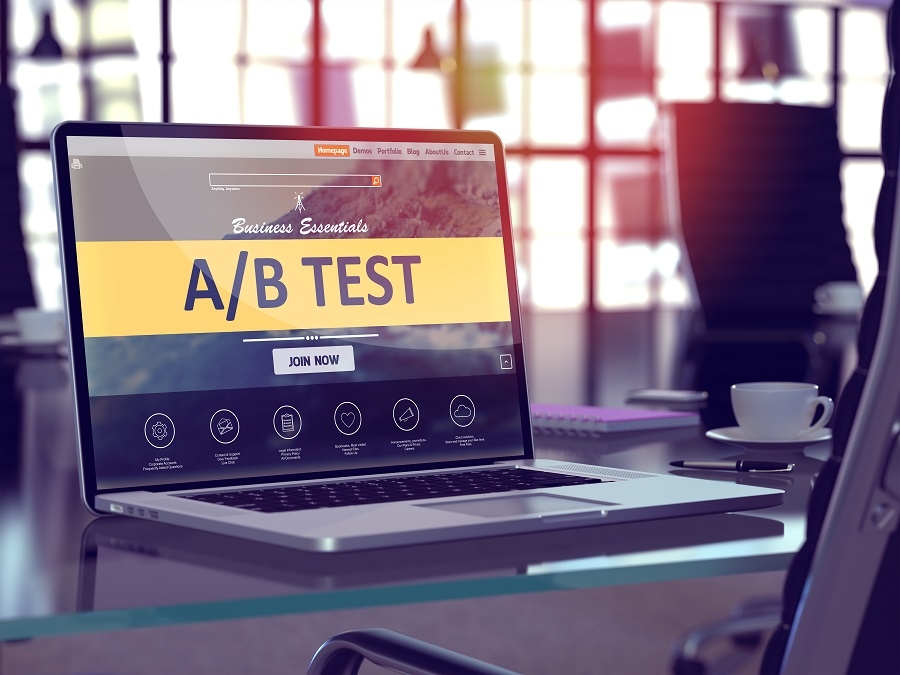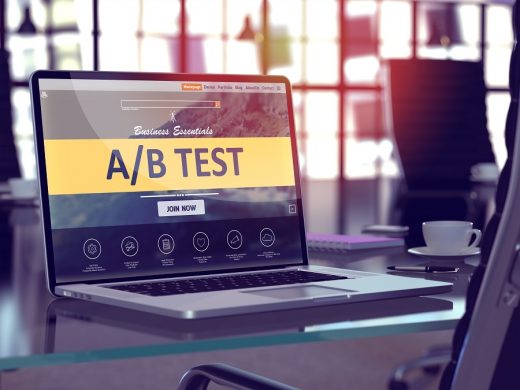4 Key Components for Building a Startup Website That Converts
4 Key Components for Building a Startup Website That Converts

Modern businesses rely on their web properties as their primary means of attracting and communicating with consumers. Web properties have become an all-important sales and marketing channel, and stand as the public face of most brands, shaping perceptions and public sentiment in innumerable ways.
The primacy of the web has caused companies the world over to obsess over their website statistics, spending much of their marketing spend on refining every imaginable aspect of their online operations.
Generally speaking, the majority of businesses focus on search engine optimization (SEO) practices to drive visitors to their websites, and rightly so – more than half of all website traffic comes from organic search, after all. That has created a booming industry of companies dedicated to the task of deciphering the major search engines’ ranking algorithms, seeking any kind of insight that could provide businesses with a competitive edge in a crowded digital marketplace.
At the end of the day, however, what matters to a business are the bottom line results they see from their internet operations. More often than not, though, the average startup finds itself putting plenty of effort into increasing pageviews but ends up with little to show from it beyond some impressive analytics. To remedy that situation, and to drive results that will actually boost the bottom line, here are the four key components of building web properties that actually convert.
Quality, Not Quantity
One of the earliest lessons most startup businesses learn online is that although it takes plenty of effort, it’s not really all that hard to drive traffic to a website. Since organic search is such a big part of the overall picture, all that’s necessary are a few high-ranking pages, and the visitors will roll in. The real trick is not necessarily maximizing visitors, though; it’s attracting the right ones. The way to do that is to focus as much as possible on the quality of the content that is being used to attract visitors.
Whether that content lives on the business’s web property itself or is part of a content marketing campaign spread across a variety of other outlets, it is vital that the content is laser-focused on the target audience. When that isn’t the case, and a business focuses on the sheer volume of content they’re producing, the visitors engaging with that content produces aren’t likely to engage with the brand or service because they may have arrived expecting something different than what they encountered. The bottom line is that quality content produces quality traffic.
User Experience is Vital
Today’s Internet-savvy consumers are exposed to more web properties every day than they may have seen in an average month just a few short years ago. The result is that they simply don’t have time to waste on any website that doesn’t deliver a smooth and useful user experience (UX) right out of the gate.
Research indicates that an average website visitor makes the decision to remain on a website or leave within an astounding ten seconds. That means page designs must be succinct, to the point, and clear enough to absorb within that short amount of time. If visitors can’t be captured within that all-important window, no other on-page optimization efforts will make a difference.
Measure Twice, or Three or Four Times

If there is anything that may be considered a near-universal truth in building successful web properties, it’s that the first iteration of any site is rarely going to represent the final result. That’s because even experienced designers need specific audience feedback to create a finished product that meets the expectations of visitors and also produces results for the business.
Within the iterative process, it’s essential to measure the results of every change through thorough A/B testing to make sure each alteration has the desired effect. Convincely shows us that that’s also one of the keys to fine-tuning visitor action paths, which can help to optimize visitor conversions further.
Engagement Protects SEO
Once efforts have been made to drive high-quality, relevant traffic to a web property, there’s another goal beyond conversion that must be measured and improved wherever possible: user engagement with the site. While that may sound like an apparent goal, it’s one that many startups miss in their quest to increase visitors and develop leads, because engagement doesn’t always mean conversion.
Despite that reality, high user engagement and lengthy site visits are the real lifeblood of long-lasting success. That’s why search engines consider something called “dwell time” as a factor in SERP placement, and it is one of the secrets to actual search engine staying power.
Basically, dwell time measures the amount of time a search user spends on a website before returning to a search result page. Since search engines want to provide the most useful and relevant results possible, they tend to give preference to sites that capture users’ attention and hold it when arriving from the SERP.
They regard such sites as higher quality and use the measurement to gauge how useful the page was to the searcher. For businesses, that means making user engagement the focal point of every part of their web properties to create a self-sustaining process – SEO raising search rankings, and high engagement protecting those rankings over long periods of time.
A Virtuous Cycle
For startups seeking to build successful, high-converting web properties, paying attention to the above factors is a must. Doing so will increase the number of relevant, motivated visitors arriving at the site, give them an experience they’ll enjoy, and guide them toward conversion. In addition, the very act of holding the visitors’ attention for as long as possible will help keep the pages ranking high, allowing them to keep drawing in precious prospects for longer periods of time.
Getting these components right means creating a cycle of positive traffic and leads that will boost the company’s bottom line and keep the web property thriving without having to continually re-address time-consuming and often expensive SEO efforts. At the end of the day, establishing that cycle will help the site accomplish the objectives it was meant to while allowing the startup to do what it does best – innovate and grow.
The post 4 Key Components for Building a Startup Website That Converts appeared first on ReadWrite.
(18)


